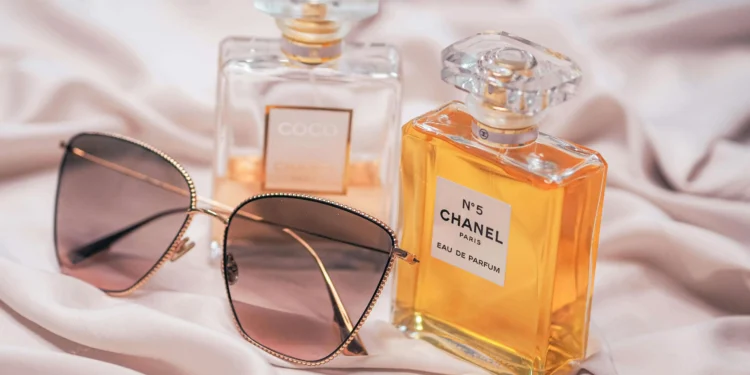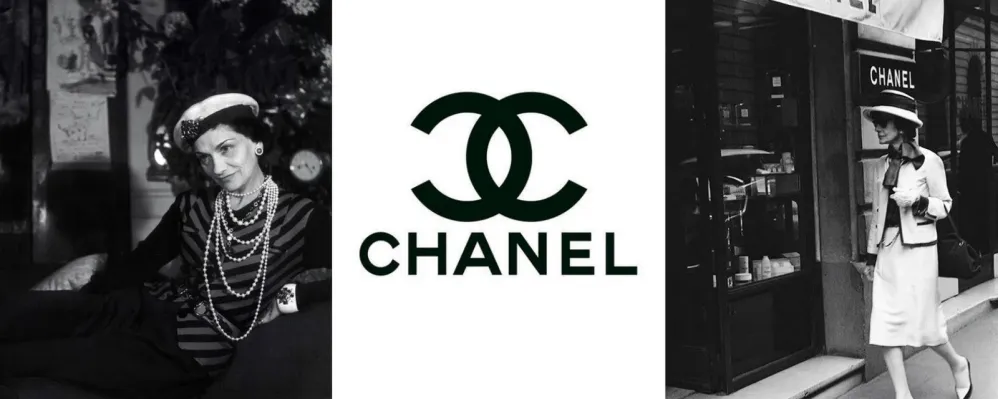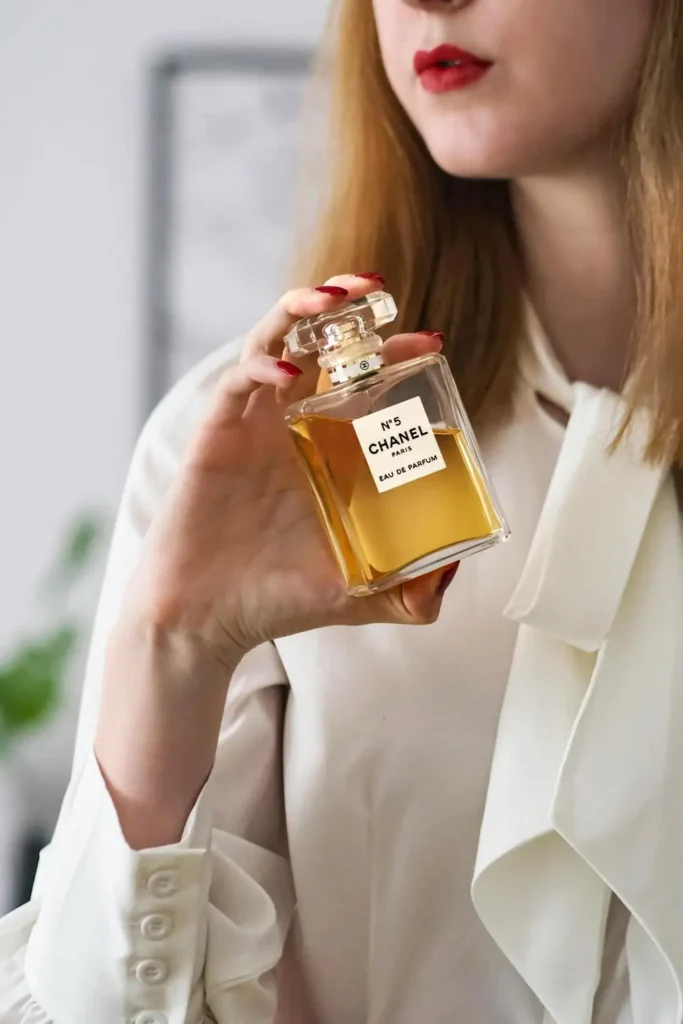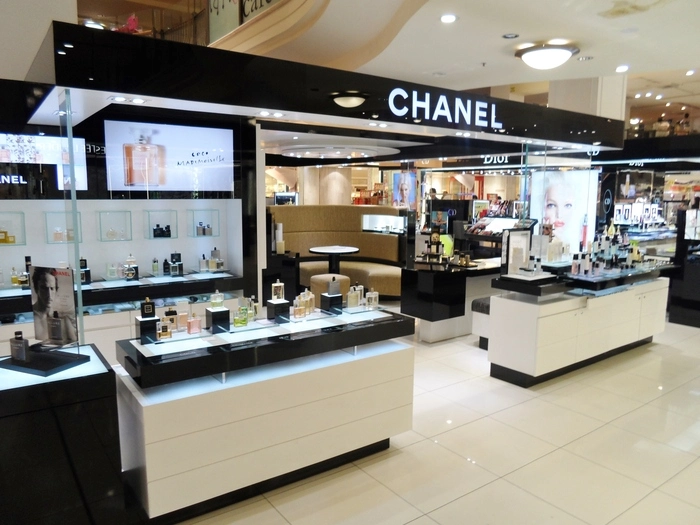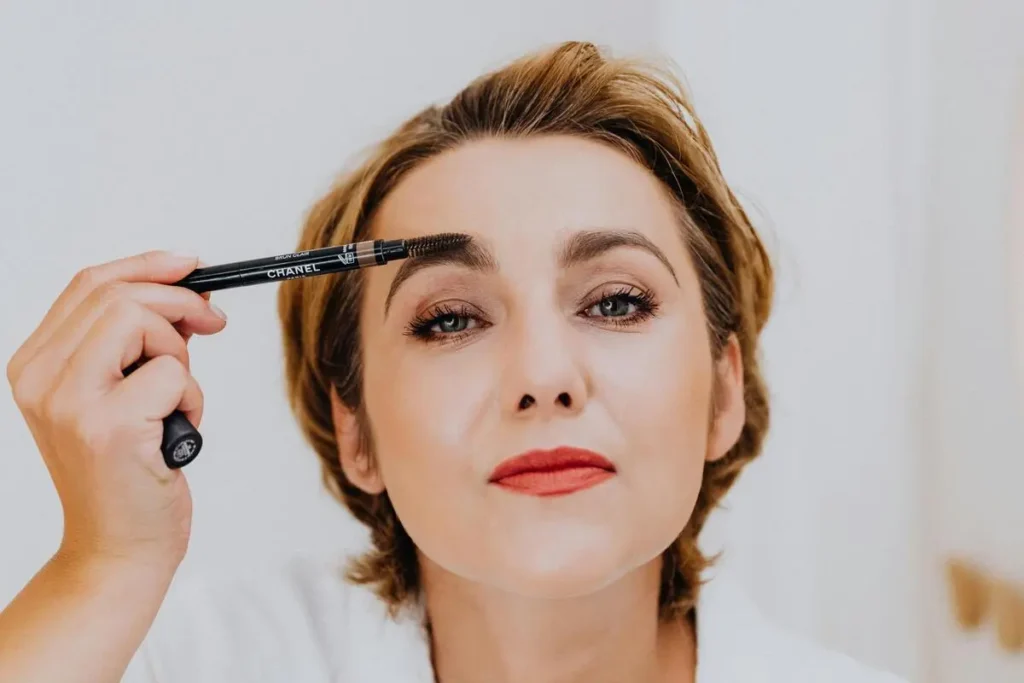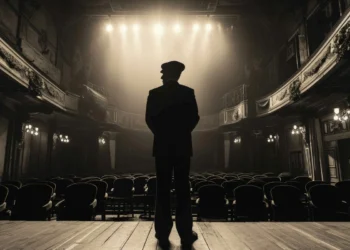Chanel is the world’s symbol of luxury, sophistication, tradition and creation. Founded by Coco Chanel, it revolutionized fashion with iconic designs like the little black dress and Chanel No. 5 perfume. Crafted with quality, exclusivity and originality, the brand remains a symbol of class and style that continues to influence fashion and culture worldwide.
Table of Contents
Origins of Chanel: The Dreamer Gabrielle “Coco” Chanelrly Life of Coco Chanel
The story of Chanel started with Gabrielle Bonheur Chanel (or Coco Chanel, as we all call her) in 1883 in the French city of Saumur. Chanel was orphaned when she was a child and lived for most of her life in a restricted convent orphanage, where she taught herself to sew. This ability, along with her thirst for independence and her keen eye for social cues, provided the genesis of her later success.
Chanel was selling hats in Paris, her first business, in 1910. By 1913, she had extended her range to comfortable but sophisticated attire for women, making designs that focused on ease and utility rather than on the claustrophobic corsetry of the day. Her clothing appealed to active women who embraced more active lifestyles in the post-war years.
Her innovations the Chanel suit, the little black dress, and jersey fabric, revolutionized women’s style. Chanel not only created garments but promoted a vision of modernity, independence and minimal style. The “Chanel No. 5” perfume in 1921 added to her reputation as an icon of elegance.
The Reinvention of Chanel: Karl Lagerfeld and His Impact
When Coco Chanel died in 1971, the company had trouble keeping up with the times. As soon as the German “Karl Lagerfeld” took over Chanel’s creative director post in 1983, the house took a new turn. Lagerfeld managed to blend the old and new, modernising Chanel’s heritage, from tweed suits to quilted bags, and infusing it with bold newness.
Lagerfeld brought Chanel to new markets and expanded its product range. Under his direction, Chanel would have become synonymous with luxury, from couture to watches, lipstick and cosmetics.
Brand Ambassadors: Growing Chanel’s International Reach
Chanel’s association with carefully chosen brand ambassadors helped spread its posh image. With stars and influencers who echo the brand’s aesthetic, Chanel speaks directly to customers around the world.
1. Audrey Tautou: The French actress who played the role of Coco Chanel in the film “Coco Before Chanel” became a popular fashion celebrity for the brand because of the French popularity of the brand.
2. Keira Knightley: As the face of Chanel’s Coco Mademoiselle perfume, Knightley’s campaigns were classy and sexy, appealing to young people.
3. Kristen Stewart: A fiercely hip but polished personality, Stewart was a Chanel ambassador who bridged the divide between the old and new.
4. Blackpink’s Jennie: Chanel’s ambassador in South Korea, Jennie’s international reputation and youthful energy have brought the brand into the hands of a younger, tech-savvy crowd.
5. Margot Robbie & Penélope Cruz: They have done so many campaigns and that has only helped to further cement Chanel’s glamorous status in Hollywood.
Chanel’s ambassadors are more than faces; they live up to its brand – seamlessly merging art, cinema, music and fashion. Their multiplicity expresses Chanel’s universality and confirms its exclusivity.
Methods for Maintaining Luxury Status
Chanel works through a carefully balanced combination of tradition, creativity, exclusivity and narrative in order to keep it luxurious.
1. Timeless Beauty: Chanel’s designs still reflect the brand’s vision of style and simplicity. Reputation and consistency are maintained through signature elements such as the interlocking CC logo, quilting, and tweed suits.
2. Controlled Distribution: Chanel famously keeps its distribution tightly controlled. The items are sold exclusively at Chanel boutiques and Chanel shops, making them even more unique.
3. High-Quality Handiwork: Chanel puts an emphasis on high-quality work. Its ateliers and workshops (Lesage for embroidery, Massaro for shoes) create fine, handmade objects that are worth paying for.
4. Greatest Advertising Campaigns: From Marilyn Monroe’s legendary claim to be wearing “Chanel No. 5”. From the more modern vignettes with Hollywood actors and global influencers, Chanel’s advertising reaffirms its reputation.
5. Limited Editions & Exclusivity: Chanel thrives on scarcity by creating limited edition collections and creating products that people feel cannot be purchased. This technique creates more demand in the market and keeps resale prices up.
6. Cultural Contribution: Chanel is involved in the arts and culture through the “Chanel Culture Fund” and through collaborations with artists. It allows it to secure its reputation as a brand that’s more than just a garment.
7. History and Story: Coco Chanel’s personal story, that of a woman who was an outsider, is still the heart of the brand. With its focus on history, Chanel stands for authenticity and classic design.
Chanel in the Modern World
Chanel is now one of the world’s most valuable luxury brands, with an estimated $15 billion in annual sales. It has managed to meld its heritage with modernity while appealing to classic luxury buyers as well as a younger, more diverse clientele. Its emphasis on exclusivity, artistry and authenticity ensured its longevity.
Chanel is not a fashion house, it is culture. From haute couture to perfume to accessories, Chanel stands for class and innovation, the symbol of luxury in an age of change. In its ability to continually evolve while still paying tribute to its heritage, Chanel continues to lead the global luxury market, this is how Coco Chanel inspired his movement.
